Look, I've been through more outdoor bench cushions than I care to admit. There's nothing quite like settling down with your morning coffee only to find your cushion has turned into a soggy mess after last night's rain, or discovering that what looked like a premium cushion six months ago now resembles a deflated balloon. Trust me, I've learned these lessons the hard way.
Choosing a durable outdoor bench cushion isn't rocket science, but it's definitely more involved than grabbing the first colorful option you see at the store. After years of trial and error (and quite a few cushion casualties), I've figured out what actually matters when you're investing in outdoor comfort that'll stand the test of time.

Why Material Choice Makes or Breaks Your Cushion
The fabric is where most people get it wrong right from the start. You wouldn't wear a cotton t-shirt in a hurricane, so why would you expect regular fabric to survive your patio? The material isn't just about looks – it's the first line of defense against everything Mother Nature throws at your cushion.
Solution-dyed acrylic fabrics are the gold standard for outdoor use. These aren't your grandmother's scratchy outdoor fabrics from the 80s. Modern solution-dyed acrylics feel surprisingly soft while maintaining their color and integrity through seasons of abuse. The dye is actually mixed into the fiber before it's woven, which means the color goes all the way through – not just painted on the surface like cheaper alternatives.
Polyester can work too, but here's the catch: it needs to be specifically designed for outdoor use. Regular polyester will fade faster than your enthusiasm for yard work in July. Look for terms like "marine-grade" or "outdoor performance" on the label.
Water Resistance vs. Waterproof: Know the Difference
This is where a lot of people get confused. Water-resistant means the fabric can handle light rain and morning dew – think of it like a light jacket. Waterproof means you could theoretically use it as a tarp (though please don't). For most outdoor bench cushions, water-resistant is usually sufficient and more breathable.
The key is understanding your local climate. If you live in Seattle, you might want to lean toward more waterproof options. In Arizona? Water-resistant will probably do just fine, and you'll appreciate the extra breathability during those scorching summer months.

Fill Materials: The Heart of Cushion Longevity
The fill is like the engine of your car – you can't see it, but it's doing all the heavy lifting. I've learned that cheap fill material is a false economy. You might save 30 bucks upfront, but you'll be replacing that cushion twice as often.
High-density polyurethane foam is your best friend here. It maintains its shape, doesn't absorb water, and bounces back after compression. The density matters more than you might think – low-density foam feels nice initially but turns into a pancake after a few months of use.
Some manufacturers use polyester fiberfill as fill material. It's not necessarily bad, but it tends to clump and lose its loft over time. If you go this route, make sure the cushion has quilted sections to prevent the fill from migrating to one end.
Drainage Features You Didn't Know You Needed
Here's something most people never consider: how does water get out once it gets in? Because trust me, water will find a way in eventually. Quality outdoor cushions have drainage holes or channels built into the design. It's a small detail that makes a huge difference in longevity.
Quick-dry foam is another innovation that's worth looking for. Regular foam holds moisture like a grudge, but quick-dry versions have an open-cell structure that allows water to pass through and evaporate quickly.

Construction Details That Separate the Good from the Great
The devil is definitely in the details when it comes to cushion construction. I've seen beautiful cushions fall apart at the seams – literally – because someone cut corners on the stitching.
Double-stitched seams are non-negotiable for outdoor use. Single stitching might hold up indoors, but outdoor cushions deal with temperature fluctuations, UV exposure, and physical stress that regular cushions never face. The extra stitching isn't just about strength – it also prevents water from seeping through needle holes.
Piping or welting around the edges isn't just decorative. It actually reinforces the seams and gives the cushion a more structured, professional appearance that lasts longer. Without proper edge treatment, cushions tend to look shabby much sooner.
Hardware That Won't Let You Down
Pay attention to zippers, ties, and fasteners. Plastic zippers are fine for indoor use but can become brittle outdoors. YKK zippers or other marine-grade hardware are worth the extra cost. For ties, look for UV-resistant materials that won't fade or weaken over time.
Velcro straps can be convenient, but they tend to collect debris and lose their grip over time. Traditional ties or snap fasteners usually prove more reliable in the long run.

Size and Fit Considerations for Maximum Durability
Getting the right size isn't just about aesthetics – it's about longevity. A cushion that's too small will slide around and wear unevenly. One that's too large will bunch up and create stress points that lead to premature failure.
I always recommend measuring your bench twice and ordering once. Consider not just length and width, but also the thickness you want. Thicker isn't always better – a 4-inch thick cushion might look luxurious, but if your bench has armrests, you might find yourself perched uncomfortably high.
For unique or irregular bench shapes, custom bench cushions are often worth the investment. A properly fitted cushion will last longer and look better than trying to make a standard size work on a non-standard bench.
Shape Matters More Than You Think
The shape of your cushion affects how it wears over time. Rectangular cushions with sharp corners tend to show wear at the corners first. Slightly rounded corners not only look more elegant but also distribute stress more evenly.
For benches with backs, consider whether you want separate back and seat cushions or one continuous piece. Separate pieces are easier to clean and replace individually, but continuous cushions can provide better support and are less likely to shift around.
Color and Pattern Selection for Practical Longevity
I hate to break it to you, but that bright white cushion you're eyeing? It's going to show every speck of dirt, pollen, and bird... well, you get the idea. Color choice is as much about maintenance as it is about aesthetics.
Medium-toned colors in the blue, green, or gray family tend to hide dirt best while still looking attractive. Patterns can be your friend here – they help camouflage minor stains and wear marks that would be obvious on solid colors.
That said, don't sacrifice your style preferences entirely. With modern solution-dyed fabrics, even lighter colors can be quite practical if you're willing to do a bit more maintenance.

UV Fade Resistance: Not All Colors Are Created Equal
Some colors naturally fade faster than others. Reds and purples are notorious for losing their vibrancy quickly, while blues and greens tend to hold their color better. If you're set on a fade-prone color, make sure the fabric has excellent UV protection ratings.
Seasonal Storage and Protection Strategies
Even the most durable outdoor cushion will last longer with proper care. I learned this lesson after leaving a perfectly good cushion out through a particularly harsh winter – it survived, but it aged about three years in those few months.
If you have storage space, bringing cushions in during extreme weather is the single best thing you can do for their longevity. But I understand that's not always practical. At minimum, try to store them during the off-season if you live somewhere with harsh winters.
Cushion storage bags are a worthwhile investment. They protect against dust, moisture, and pests during storage. Just make sure the cushions are completely dry before storing them to prevent mold and mildew.
Spot Cleaning vs. Deep Cleaning
Quick spot cleaning when spills happen prevents stains from setting in. Most quality outdoor fabrics can handle mild soap and water for regular maintenance. For deeper cleaning, check the manufacturer's recommendations – some can handle machine washing, while others need professional cleaning.
A soft brush can work wonders for removing surface dirt and keeping the fabric looking fresh. Avoid harsh scrubbing, which can damage the fabric's protective coatings.
Climate-Specific Considerations
Where you live dramatically affects what you need in an outdoor cushion. Coastal areas deal with salt air, which can be incredibly corrosive to hardware and harsh on fabrics. Desert climates mean intense UV exposure and dramatic temperature swings.
In humid climates, breathability becomes crucial. You want moisture to evaporate quickly rather than sitting in the cushion breeding mold. In very dry climates, you might actually want slightly less breathable fabrics to prevent the cushions from becoming uncomfortably hot.
Dealing with Extreme Weather
If you live somewhere with severe weather, consider cushions with removable covers. This gives you the option to wash covers separately and even have backup covers for rotation. It's like having two sets of cushions for the price of one and a half.
Some people in extreme climates opt for custom outdoor cushions designed specifically for their conditions. It might seem like overkill, but when you're dealing with months of snow, desert sun, or coastal storms, the specialized construction can be worth it.
Budget Considerations: Where to Spend and Where to Save
I'm all for being budget-conscious, but outdoor cushions are one area where going cheap often costs more in the long run. That said, you don't need to break the bank to get quality.
Spend money on the fabric and fill quality first. These are the components that determine durability and comfort. You can potentially save on fancy features like contrast piping or decorative elements if you're on a tight budget.
Consider the cost per year of use rather than just the upfront price. A $100 cushion that lasts 5 years costs you $20 per year. A $40 cushion that needs replacing every year costs you $40 per year. The math is pretty simple.
When to Go Custom vs. Standard Sizes
Standard sizes are almost always cheaper, but only if they actually fit your bench properly. A poorly fitting standard cushion that wears unevenly or looks sloppy isn't a bargain at any price.
Custom cushions cost more upfront but often provide better value if you have unique dimensions or want specific features. Plus, a well-fitted cushion just looks more expensive and polished, which can add to your outdoor space's overall appeal.
Red Flags: What to Avoid
Over the years, I've developed a pretty good sense for cushions that won't go the distance. Here are some warning signs that should send you looking elsewhere:
- Cushions that feel overly soft or squishy – they'll likely lose their shape quickly
- Fabric that feels thin or cheap – it won't hold up to outdoor conditions
- Hardware that looks flimsy or is already showing signs of corrosion
- Suspiciously low prices – quality materials and construction cost money
- No warranty or guarantee – manufacturers who stand behind their products offer protection
If the manufacturer can't or won't tell you what materials they're using, that's a red flag. Quality outdoor cushion makers are usually proud of their materials and construction methods.
Installation and Break-in Period
New outdoor cushions often need a brief break-in period. High-quality foam might feel firm initially but will soften to the perfect comfort level with use. Don't panic if your new cushions feel different than what you tested in the store – they're designed to improve with a little time.
Proper installation matters too. Make sure ties are secure but not over-tightened, which can create stress points. If your cushions have covers, ensure they're properly fitted without excessive stretching or bunching.
For benches in particularly windy areas, you might want to consider additional tie-down options. Nothing's worse than chasing your cushions across the yard after a storm.
Maintenance Schedule for Maximum Lifespan
Creating a simple maintenance routine can dramatically extend your cushions' life. I check mine monthly during the active season – looking for stains, checking tie condition, and fluffing if needed.
Weekly spot cleaning during heavy-use periods keeps small problems from becoming big ones. A quick brush-off and inspection takes maybe five minutes but can prevent issues that would require deep cleaning or replacement.
Seasonal deep cleaning, proper storage, and periodic treatment with fabric protection sprays (if recommended by the manufacturer) round out a complete maintenance program.
Making Your Investment Count
At the end of the day, choosing durable outdoor bench cushions is about understanding your specific needs and being willing to invest appropriately. A cushion that's perfect for a covered porch in mild climate might be completely wrong for an exposed bench in harsh conditions.
The best cushion is the one that fits your bench properly, suits your climate, matches your usage patterns, and fits your budget for long-term value. It's not always the most expensive option, but it's rarely the cheapest one either.
Take time to really think about how you use your outdoor space. Do you entertain frequently? Are you out there daily or just occasionally? Do you need cushions that can handle kids and pets, or are they mainly for adult relaxation? These factors should influence your choice more than any single feature or specification.
Remember, the goal isn't just to buy cushions that last – it's to buy cushions that continue to provide comfort and enhance your outdoor experience for years to come. Whether you're enjoying your morning coffee, hosting a barbecue, or just watching the sunset, quality cushions make those moments more comfortable and your outdoor space more inviting.

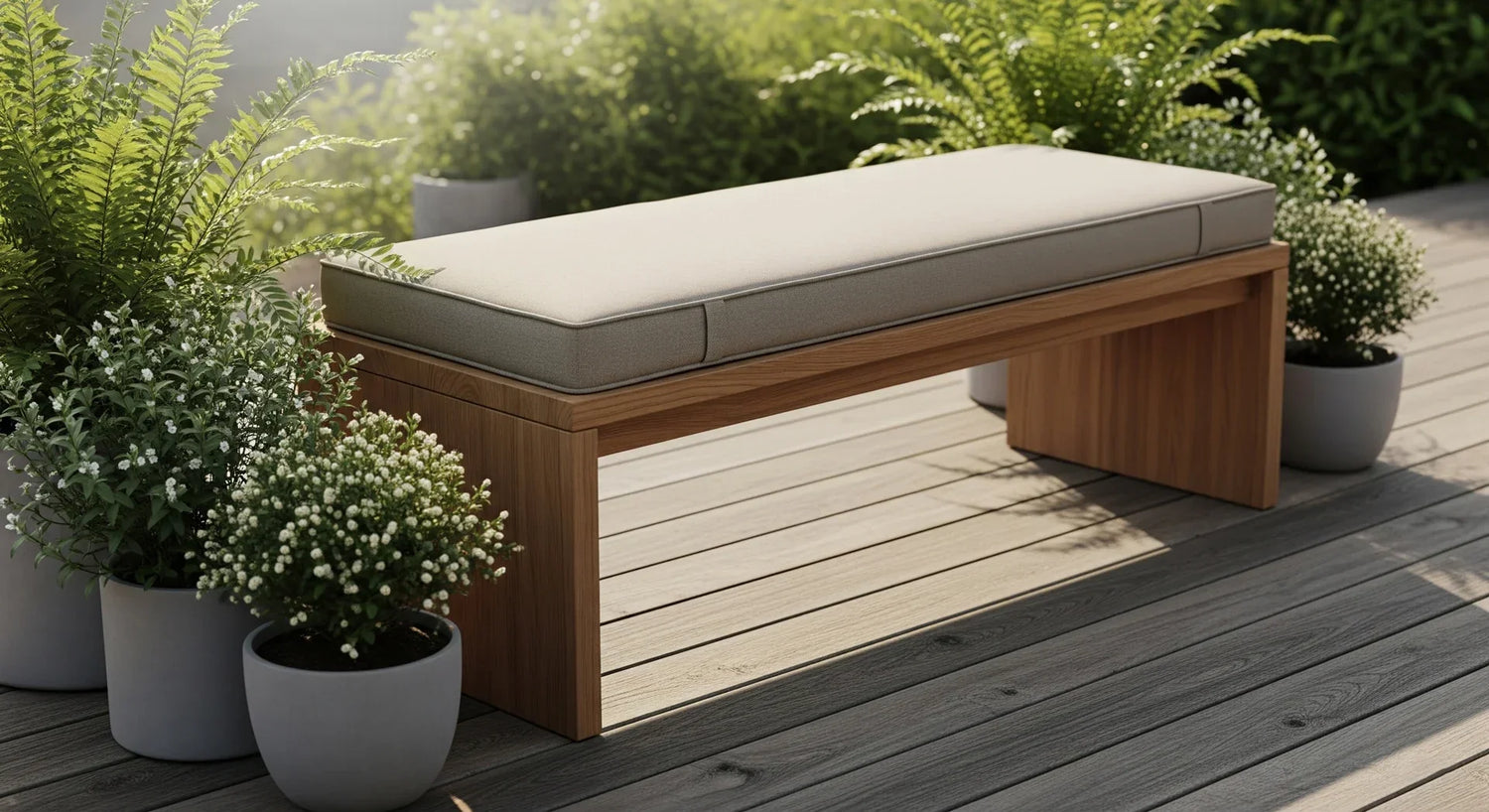
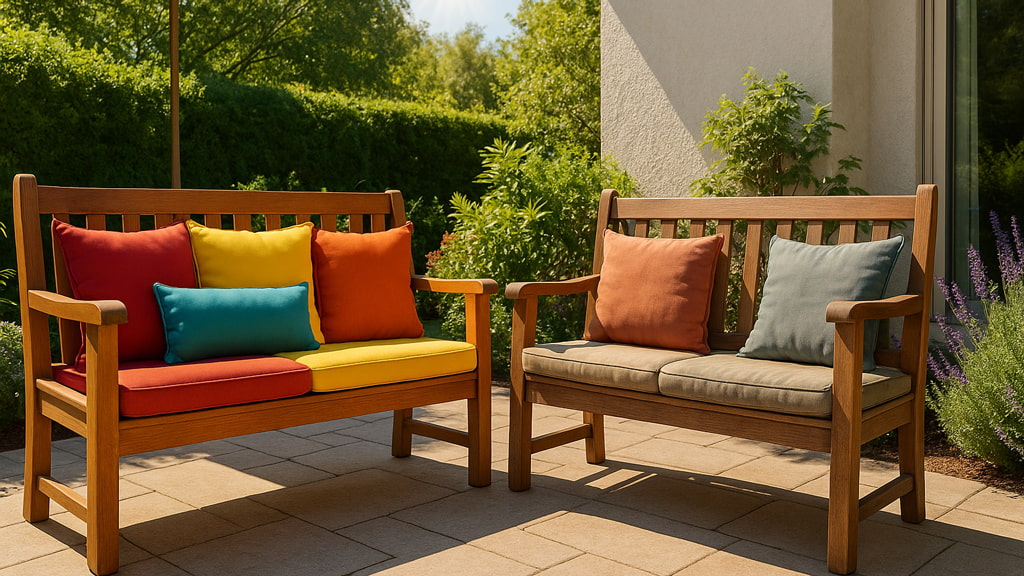
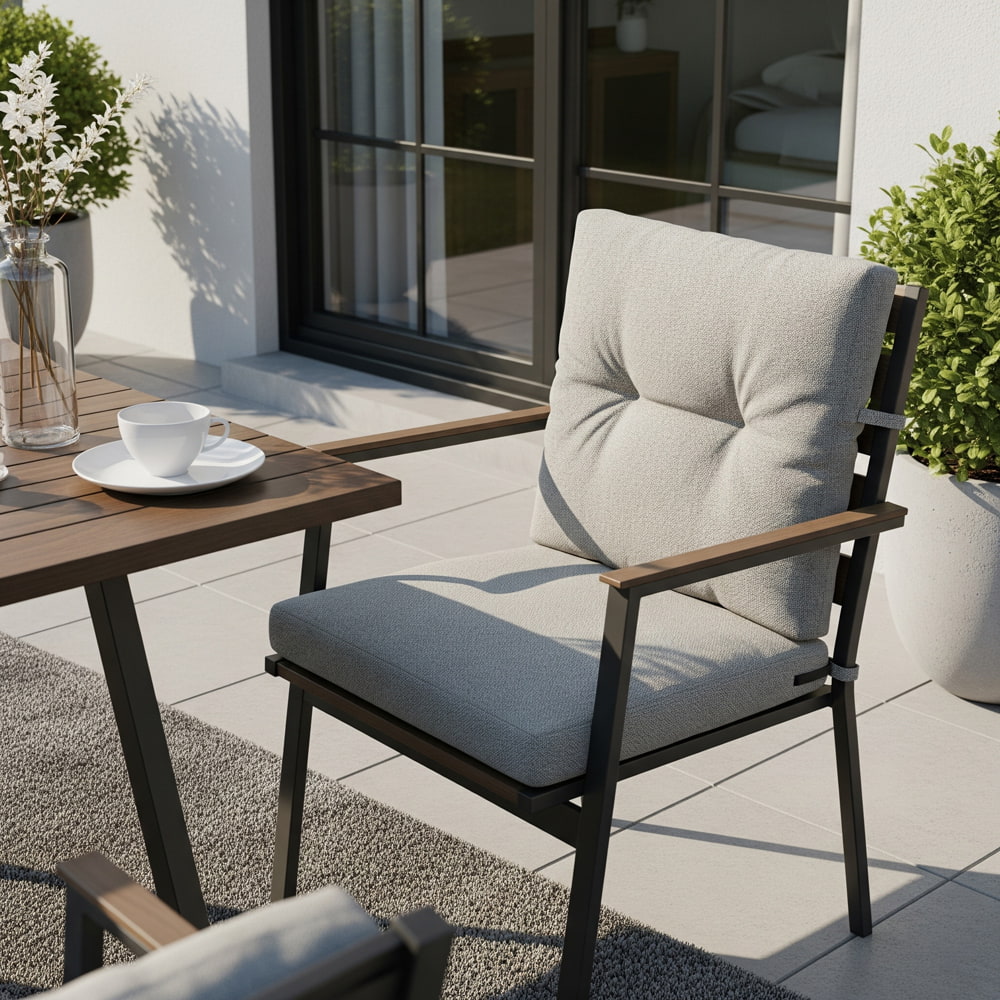
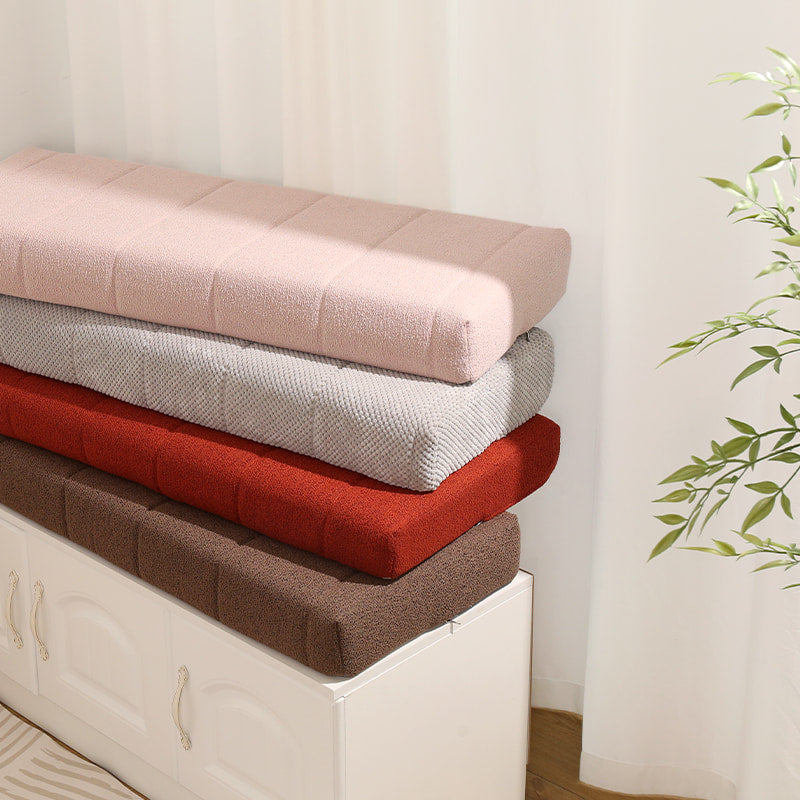
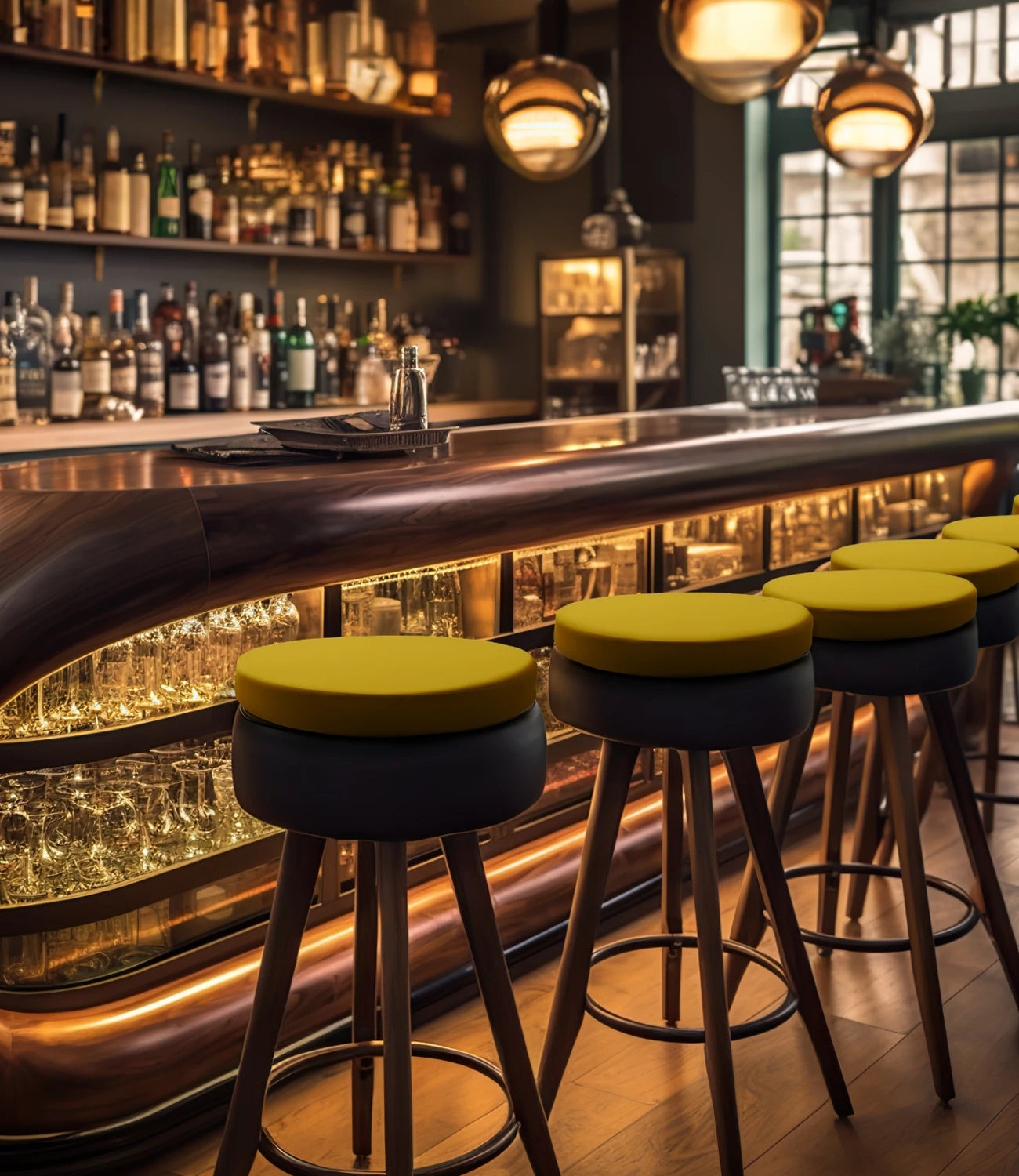
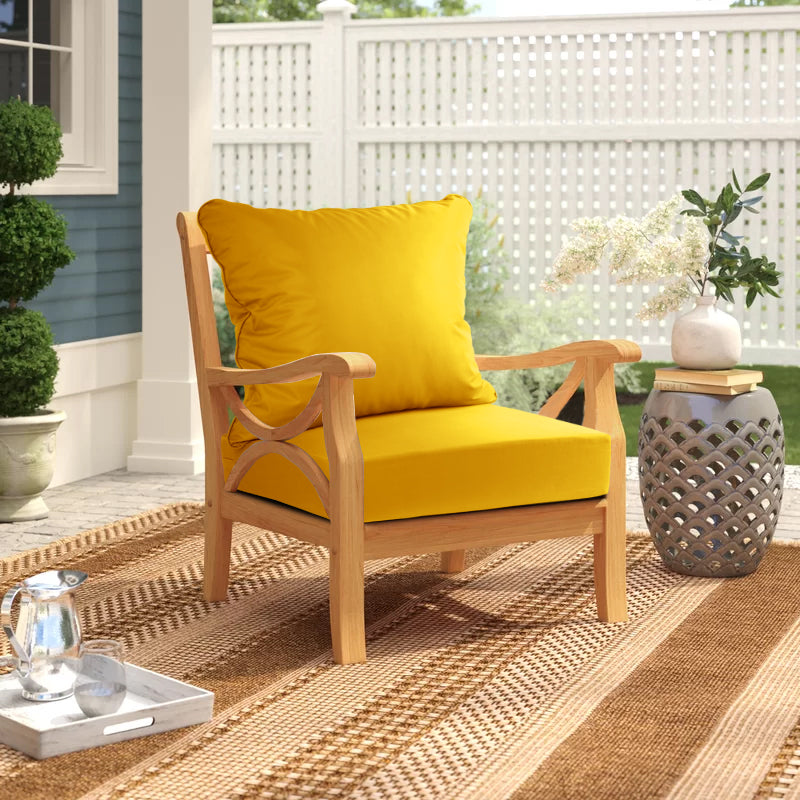
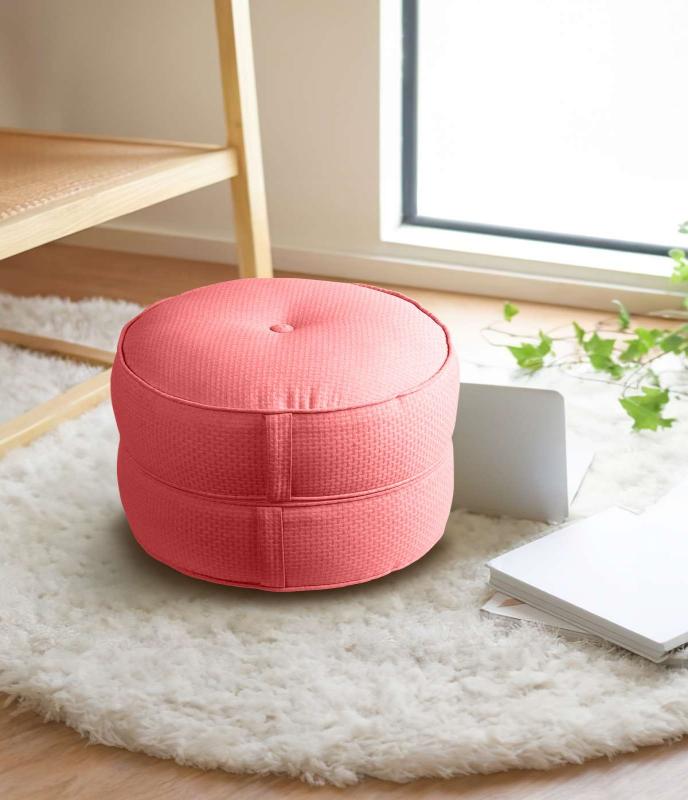
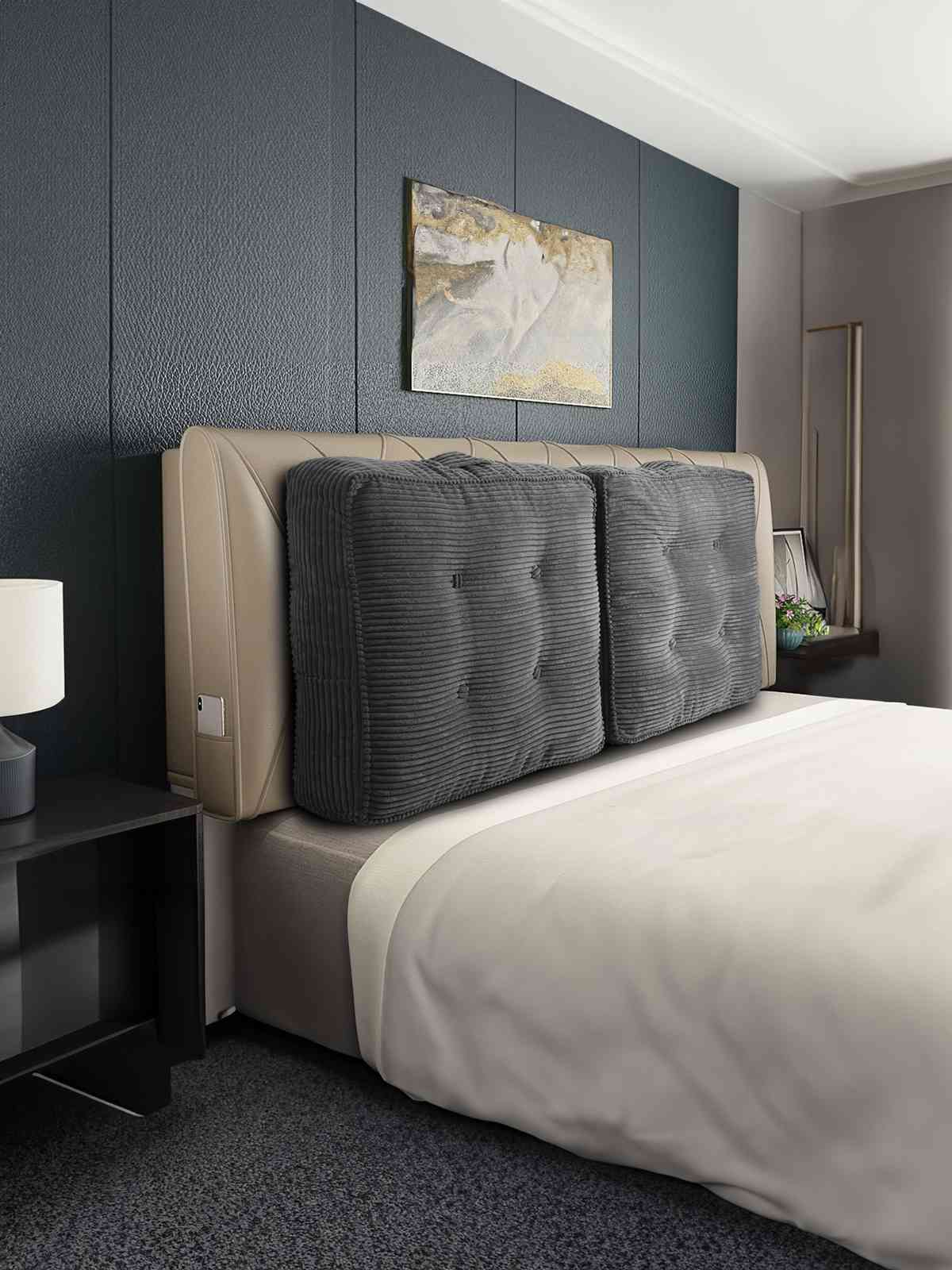
Leave a comment
All comments are moderated before being published.
This site is protected by hCaptcha and the hCaptcha Privacy Policy and Terms of Service apply.